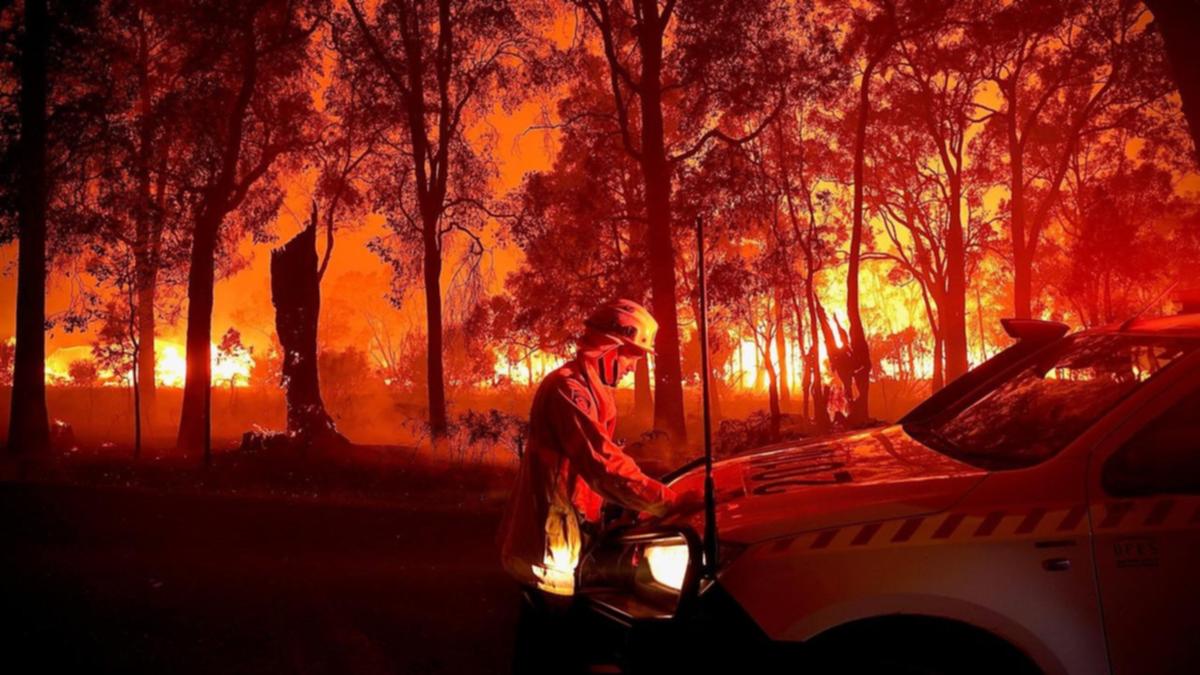



Article by: Hari Yellina
Insurers dealing with claims following a devastating Wheatbelt firestorm in February have hired a law firm to pursue legal action on behalf of clients who lost millions of dollars in the blaze. It was “early days,” according to a spokesman from Hall & Wilcox legal firm, and investigations were “still being conducted to look into who might be accountable.” “We’ve enlisted the help of professionals, including bushfire experts, to investigate the source of the incident,” the spokesman said. The fire was accidental, according to the WA Department of Fire and Emergency Services (DFES), and originated when “an allowed stubble burn, conducted several days before the fire and then extinguished, rekindled in the catastrophic conditions,” according to Deputy Commissioner Craig Waters.
“The local government was within its rights to provide the burning permit to landholders because there was no absolute fire ban in force for the week leading up to the Shackleton [Corrigin] blaze,” Deputy Commissioner Waters said. On February 5 and 6, more than 100 other local governments in Washington implemented total fire bans. According to Corrigin farmer Steven Bolt, the Bruce Rock Shire was to blame since a farmer was issued a burning permission four days before the fire. “It’s just staggering for a permission to be obtained and for the landholder to execute it,” he remarked.
The Corrigin fire scorched 45,176 hectares of native bushland and farms, according to the Department of Forestry and Environmental Services. Four homes were destroyed, 44 non-residential buildings were damaged, and 30 more were damaged in the fire. The Department of Primary Industries and Regional Development in Western Australia has received reports of 1,000 animals died in the fire due to smoke inhalation or euthanasia for animal welfare reasons. Mr Bolt said, “We’ve lost a lot of infrastructure – five huge sheds and a lot of machinery.” “We lost our embryo donation ewes and display rams, who were housed in one of the sheds, which is rather significant.” He calculated that the loss to his company would be “certainly in the millions of dollars.”
Corrigin was one of four emergency-level fires that erupted in regional WA on the first weekend of February, when the state was hit by a 40-degree heat wave and strong winds. Mr Bolt stated, “The terrible weather conditions had [previously] been forecast.” “We knew the weather was going to be severe on Monday.” “By Wednesday, DFES had issued warnings of potentially disastrous conditions for the approaching weekend.” The lengthy dry period that preceded the WA fires, as well as the residual stubble from the record-breaking harvest of 2021, enhanced the speed and severity of the flames. Mr Bolt stated, “The 2021 season was the largest fuel load we’ve ever had out here.”
“From the end of October to the time of the fire, it had been one of the driest times on record.” “There hadn’t been a single drop of rain, and we’d completely cured all of that biomass.” “Four days before the incident, I phoned DFES to express my worry for that time period. Six planes dropped 60,000 gallons of water and retardant to put out the fire, while volunteer firefighters and DFES employees battled the inferno on the ground. “On Sunday, 10 areas in Western Australia had catastrophic fire hazard ratings – this is extremely exceptional and highlights the difficult situation for emergency services,” a DFES representative said. DFES “always” strived to learn from the fires it responded to, according to Mr Waters. However, the conditions on that weekend were catastrophic and emergency services did all they could to reduce the impact of the Wheatbelt fires.